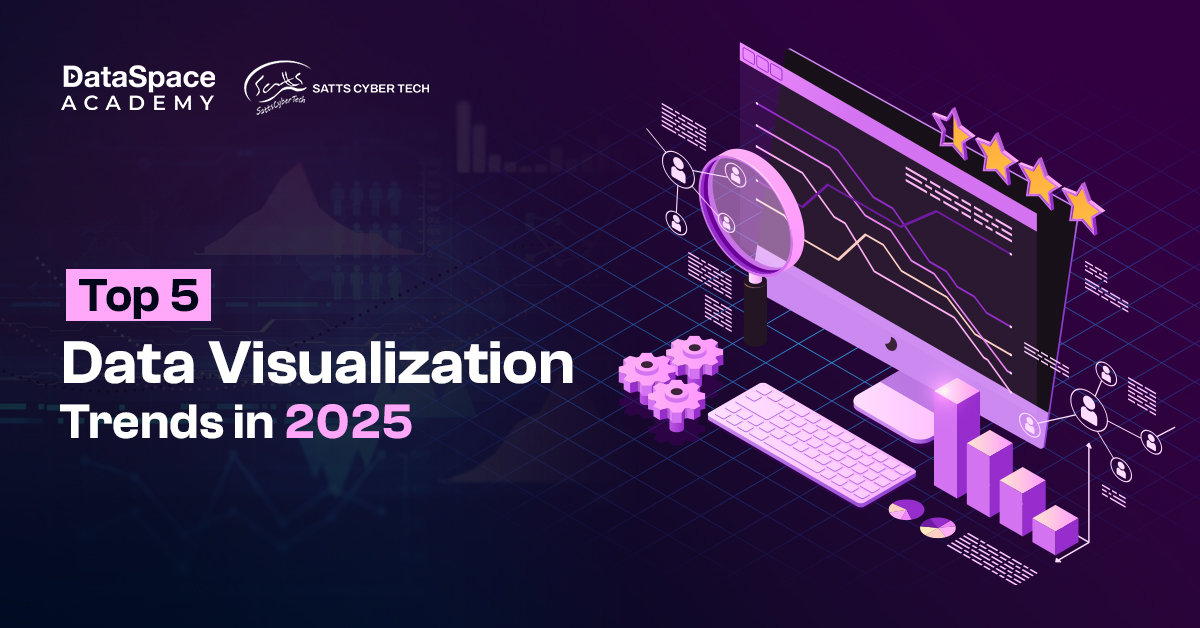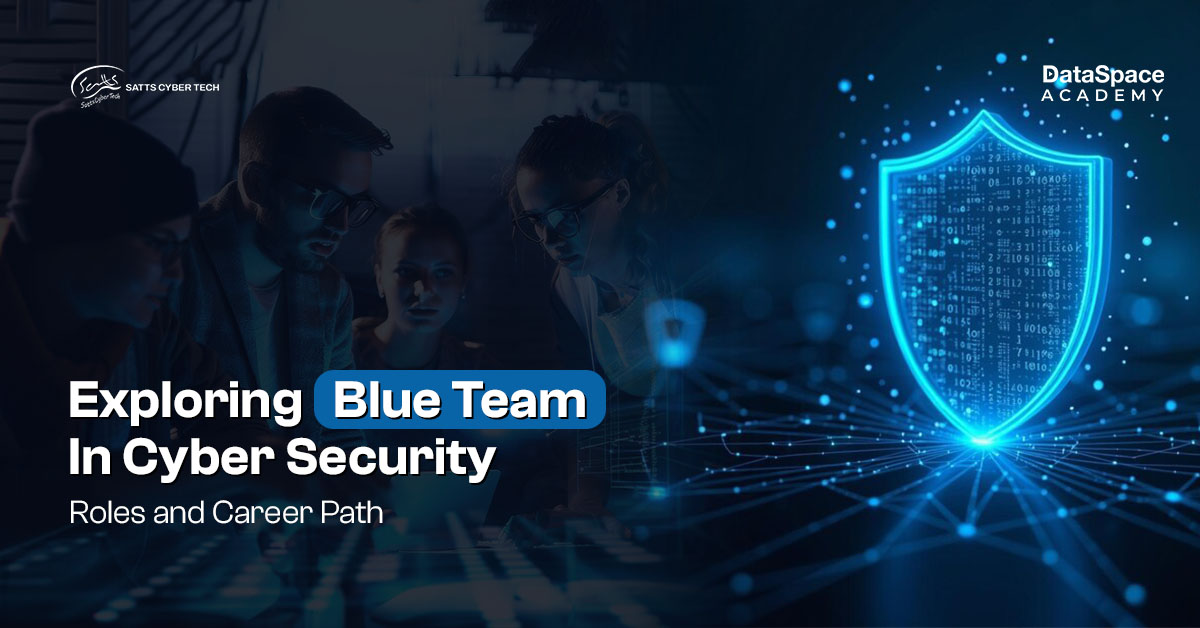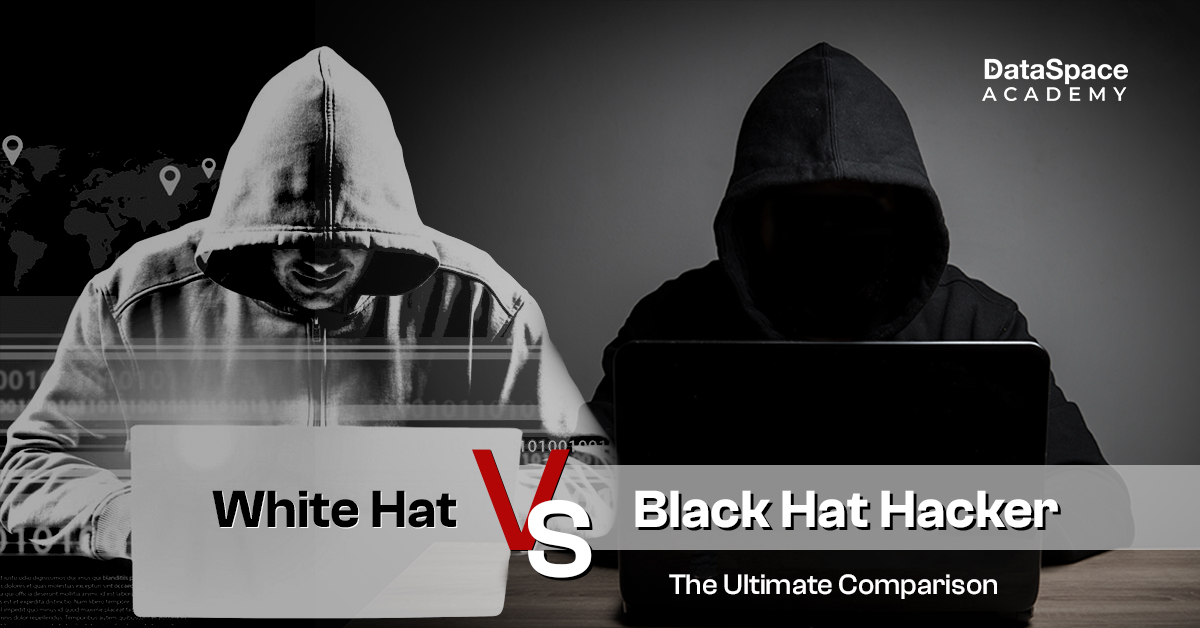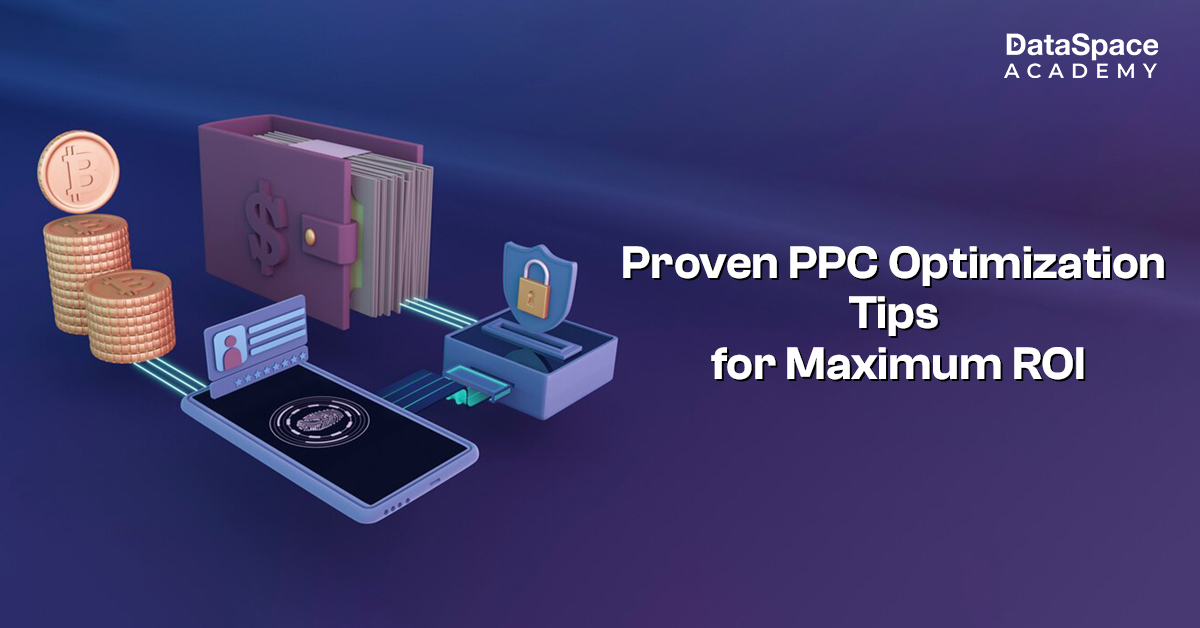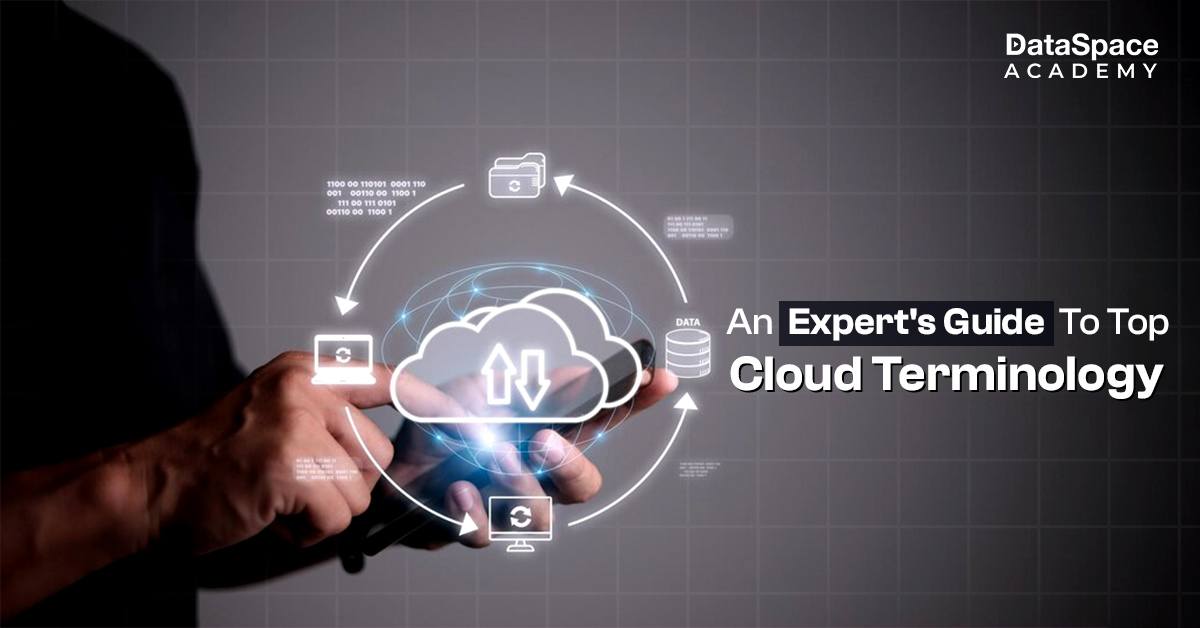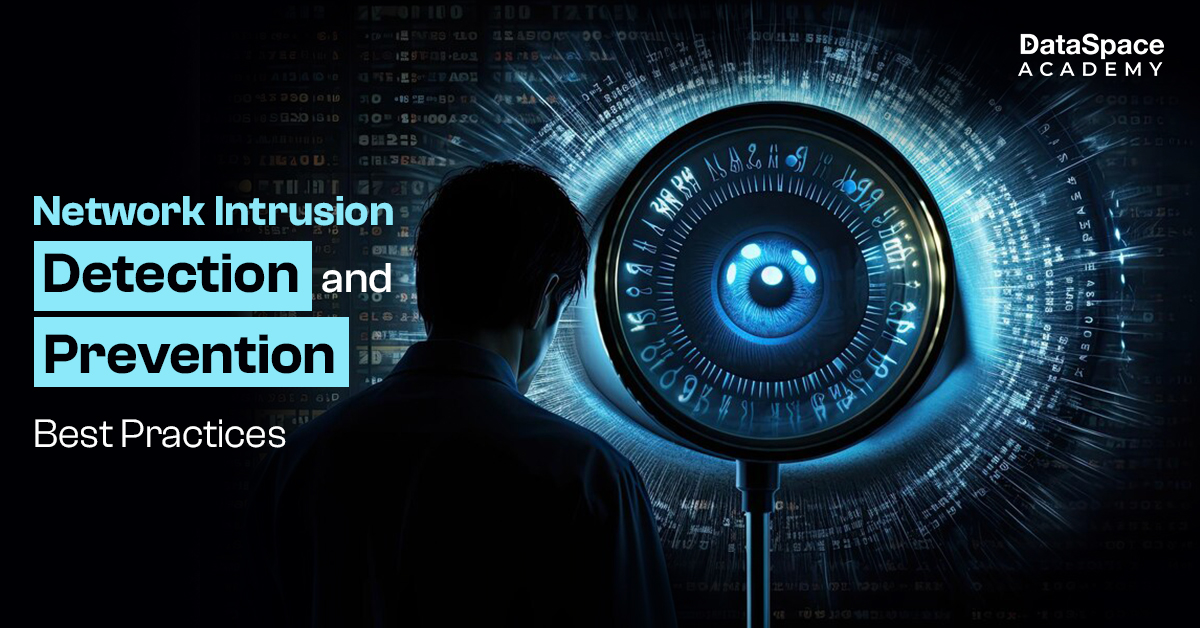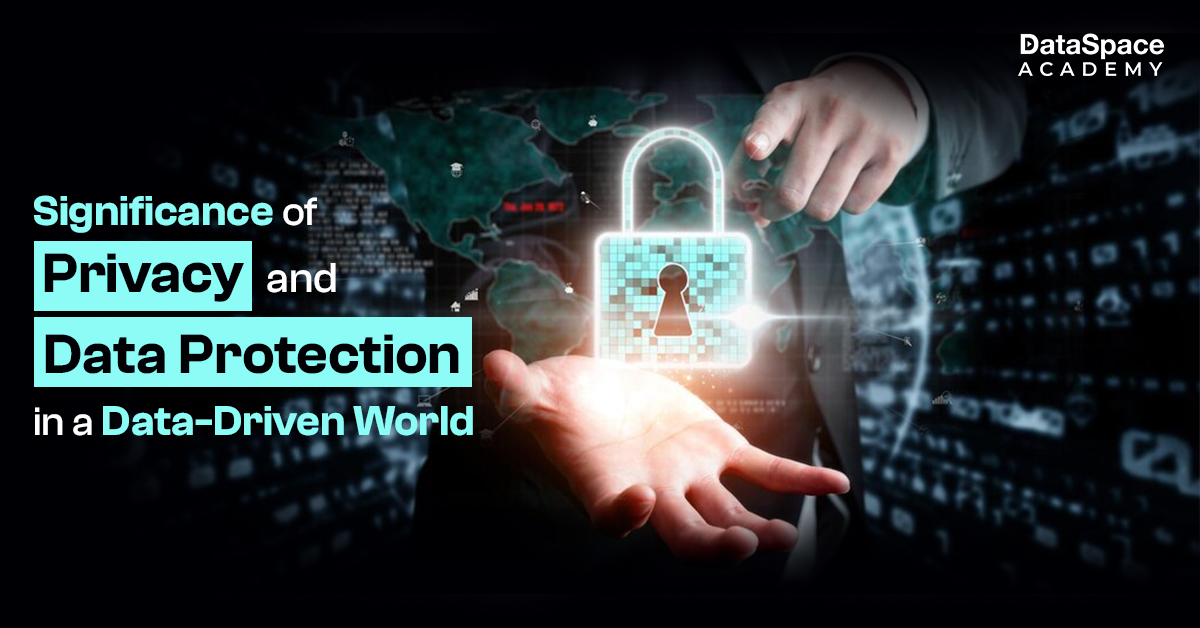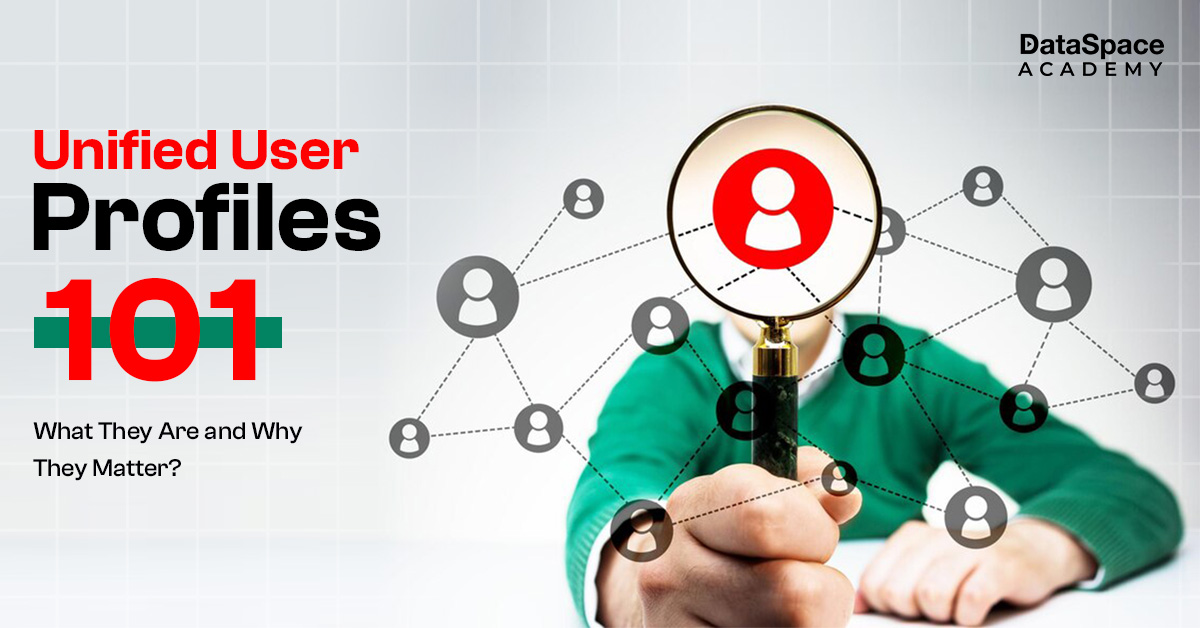Know how the authorization infrastructures work
Last Updated : 25 Jan, 2022
 72.49K
72.49K

Know how the authorization infrastructures work
Table of Contents
While the terms authentication and authorization are frequently interchanged, they are two distinct processes used to safeguard a company from cyber-attacks. Authentication and authorization are the first lines of defense against personal data getting into the wrong hands as data breaches increase in frequency and breadth. As a result, effective authentication and authorization procedures should be an important aspect of any company’s overall security strategy.
Authentication vs. Authorization: What’s the Difference?
So, how do you distinguish between authentication and authorization? In reality expressed, authentication is the technique of confirming a person’s identity, while authorization is the procedure of confirming a person’s access to unique apps, documents, and facts. The state of affairs is much like that of an airline figuring out which passengers are allowed to board. The first degree is to confirm a passenger’s identity to make sure that they may be who they claim they are. After determining a customer’s identity, the subsequent degree is to confirm any specific services the passenger has to get entry to, along with flying satisfactory or entering the VIP living room.
Authentication and authorization serve the same purpose in the digital age. Authentication authorization ensures that people are who they say they are. After this has been verified, authorization is used to provide the user authority to access various levels of information and execute certain duties, based on the rules defined for various sorts of users.
Methods of Authentication That Are Used Frequently
While a username and password have traditionally been used to verify a user’s identity, today’s authentication methods often rely on three types of data:
- What you know: This is almost always a password. It can also be a response to a security question or a one-time pin that allows a user to access only one session or transaction at a time.
- What you’ve got: A mobile device or app, a security token, or a digital ID card might all be examples.
- Who or what you are: Biometric data includes things like fingerprints, retinal scans, and facial recognition.
- Multiple layers of authentication are frequently used to combine these types of data. To complete an online form, a user may be prompted to provide a username and password.
As a second layer of protection, a one-time pin may be issued to the user’s mobile phone once that has been validated. Organizations can assure security and system compatibility by combining several authentication methods with consistent authentication standards.
How do the authorization infrastructures work?
After a user has been verified, authorization controls are implemented to guarantee that they have access to the data they require and can execute certain actions, such as adding or deleting data, based on the rights provided by the business. Permissions can be set at the application, operating system, and infrastructure levels. There are two common authorization techniques:
RBAC (role-based access controls): This authorization mechanism grants users access depending on their organizational role. For example, all employees inside a corporation may have access to their personal information such as compensation, vacation time, and 401K data, but they may not be able to change it. HR managers, on the other hand, maybe granted access to all employees’ HR data, with the authority to add, delete, and update it. Organizations may ensure that every user is productive while limiting access to sensitive information by granting permissions based on each person’s function.
Attribute-based access control (ABAC): ABAC uses a number of particular attributes to grant organizations on a more granular level than RBAC. User attributes such as the user’s name, role, organization, ID, and security clearance may be included. It could include information like the date and time of access, the location of the data, and the current level of organizational threat. It could also include resource properties like the resource owner, file name, and data sensitivity level. ABAC is a more complicated authorization process than RBAC, with the goal of limiting access even further. To maintain tight security limits, rather than enabling all HR managers in a business to modify employees’ HR data, access might be limited to specific geographical regions or hours of the day.
It’s Critical to Have a Solid Authentication and Authorization Strategy
Authentication and authorization are both required for a strong security policy to secure one’s resources. Organizations can regularly check who every person is and what they have access to do with a strong authentication and authorization policy in place, preventing illegal conduct that poses a major hazard. Organizations can improve efficiency while enhancing security at a time when data breaches are depriving enterprises of income and reputation by ensuring all users properly identify themselves and access just the resources they require.
Share on facebook
Facebook
Share on twitter
Twitter
Share on linkedin
LinkedIn
 72.49K
72.49K

